Project Profile
Al Pikin fo Liv
Adapting our Child Survival approach to a new environment, while keeping it rooted in community, proved life-saving in an unexpected crisis.
Read MoreEarlier this week, a viral tweet mentioned that the United States had the world’s highest maternal mortality rate. This is only partially true: Among the wealthiest nations, the US does have the highest maternal mortality ratio, according to the WHO, of approximately 9 deaths for every 100,000 live births.
Despite overall lowering the world’s maternal deaths by 44% since 1990, however, there are still many countries with far worse maternal mortality rates. Using the most recent data from the WHO, these are the ten “worst” countries to be a mother — at least in terms of how fatal the act of pregnancy and giving birth can be.
The numbers can get a bit confusing here, so a quick explanation on the WHO’s Maternal Mortality Ratio may be useful. The WHO calculates maternal mortality risk for a country relative to the number of live births it experiences. Since those numbers are different for most countries, an accurate way of comparing maternal mortality rates around the world is to look at the number of maternal deaths per every 100,000 live births. By honing in on “live births,” the WHO also rules out stillbirths for a greater sense of accuracy.
WHO places Afghanistan’s maternal mortality rate at 638 deaths per 100,000 live births. One challenge is that the latest numbers for Afghanistan are from 2017, with security issues over the last 5 years preventing more accurate and up-to-date data from being collected. According to UNFPA, fewer than 60% of births in Afghanistan are overseen by skilled healthcare professionals, and finances combined with the country’s harmful gender practices are often a hindrance to women seeking professional help (especially those in rural areas).
The good news is that this rate has more than halved since 2000, but the COVID-19 pandemic and escalations in the Afghanistan crisis may see this rate go up in years to come.
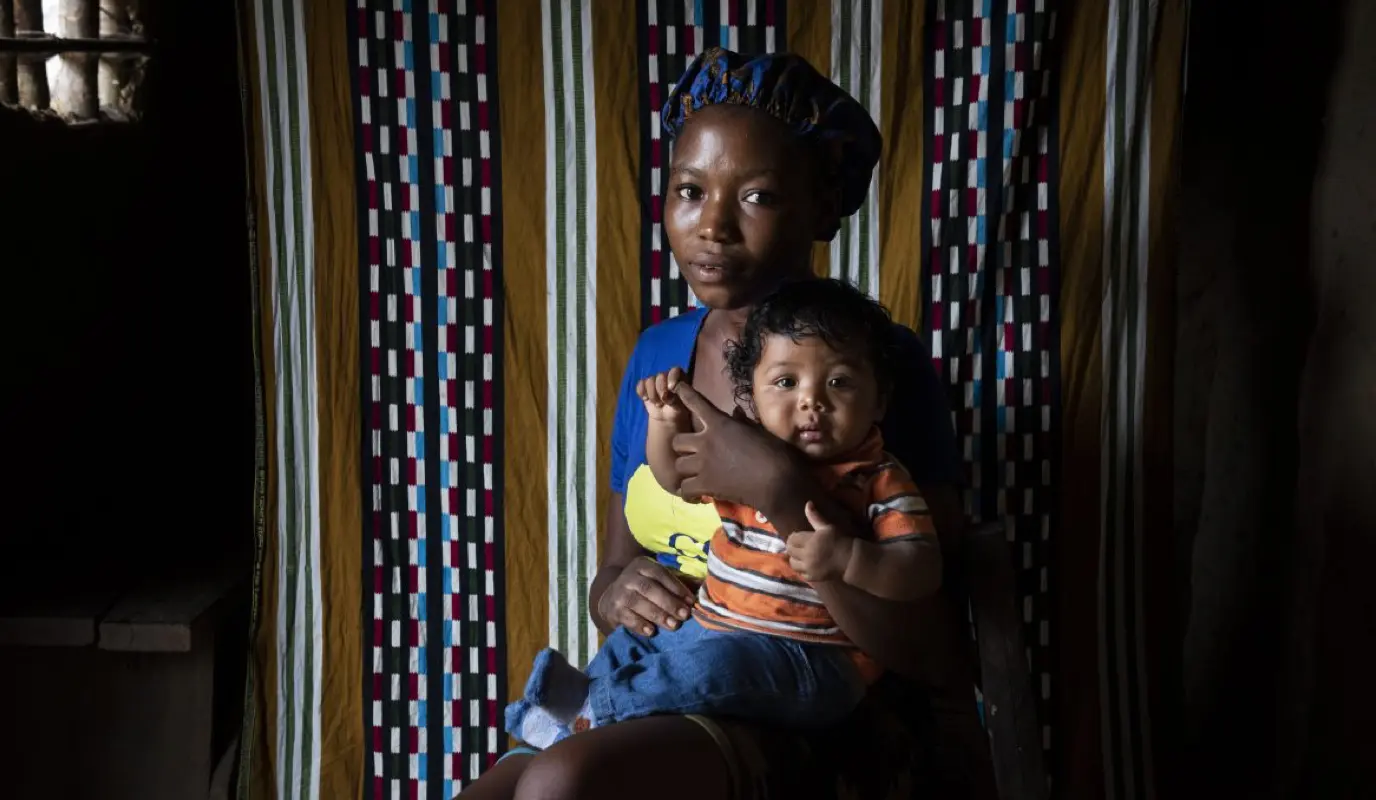
Despite launching an ambitious five-year plan in 2011 to reduce maternal mortality rates, Liberia continues to be one of the most dangerous countries to give birth. In 2011, the country’s MMR was 694 deaths for every 100,000 live births, and the WHO records its most recent figure in 2017 as 661. One of the challenges to this plan was, of course, the 2014-16 West African Ebola epidemic, which in 2015 caused mortality rates to go up instead of down. Still recovering from that epidemic, the country faced further setbacks to its healthcare system with the COVID-19 pandemic. (A pre-pandemic Gap Analysis suggested that Liberia would reach the SDG target for maternal mortality of 70 per 100,000 live births in 2038.)
In line with Liberia, the nearby west African nation of Guinea-Bissau has a MMR of 667 deaths for every 100,000 live births. Like many countries on this list, one of the issues for Bissau-Guinean mothers-to-be is that rural communities are underdeveloped and underserved when it comes to quality health care. As UNFPA noted last year, “health centers have nurses and midwives but no obstetrician/gynecologists to immediately assess high-risk obstetric cases.”
Due north from Guinea-Bissau and Liberia, Mauritania is a largely Saharan republic where 766 mothers out of every 100,000 will die in labor. This number has barely budged over the last 20 years, despite efforts on the part of the government to build a more equitable and effective prenatal healthcare system. The WHO attributes this plateau to a large number of high-risk pregnancies, low-quality prenatal care, poor access to emergency services, financial constraints, and harmful cultural norms.
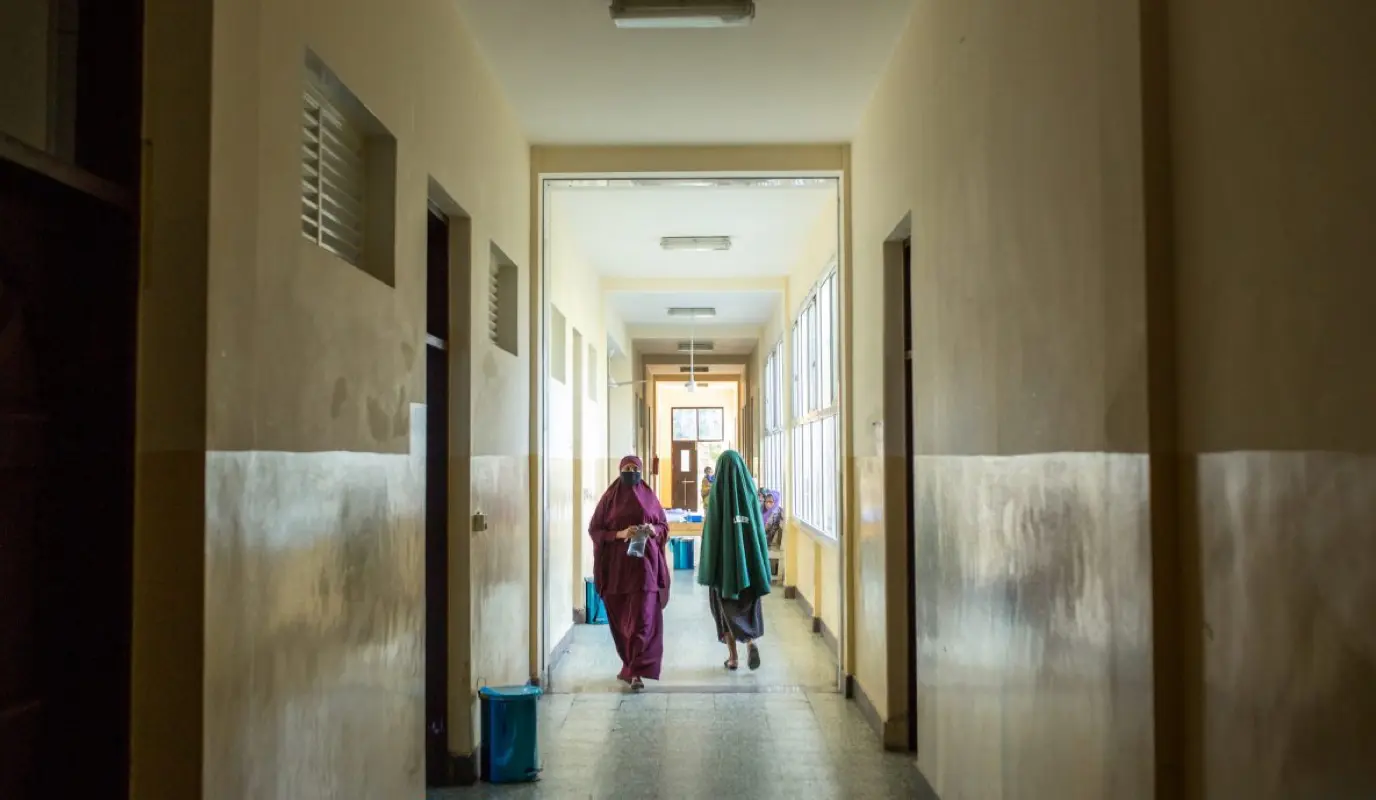
According to UNICEF, one in every 12 women in Somalia will die due to pregnancy-related causes. Despite initial progress at the beginning of the 21st Century, the country has, like Mauritania, stagnated in recent years with an MMR of 829 deaths for every 100,000 live births. Gender equality in Somalia in general is an uphill battle, with women still occupying a low societal status. This becomes a life-threatening inequality for pregnant women, who are often uneducated when it comes to pregnancy and its complications, as well as their options for modern healthcare services. Somalia’s decades-long crisis also leaves the government unable to significantly intervene on their behalf.
Conflict in the Central African Republic caused the country’s maternal mortality rate to exceed 1,000 deaths for every 100,000 live births in 2013. By 2017, it had gotten this down to 829 deaths, a significant success. However, there’s still a lot of recovery to be made: As of 2019, violence had destroyed or damaged an estimated 35% of healthcare facilities in the country, and fighting continues to this day. High rates of teenage pregnancy puts young girls at risk for complications that most facilities are ill-equipped to handle, given that most of the country is quite literally off the power grid.
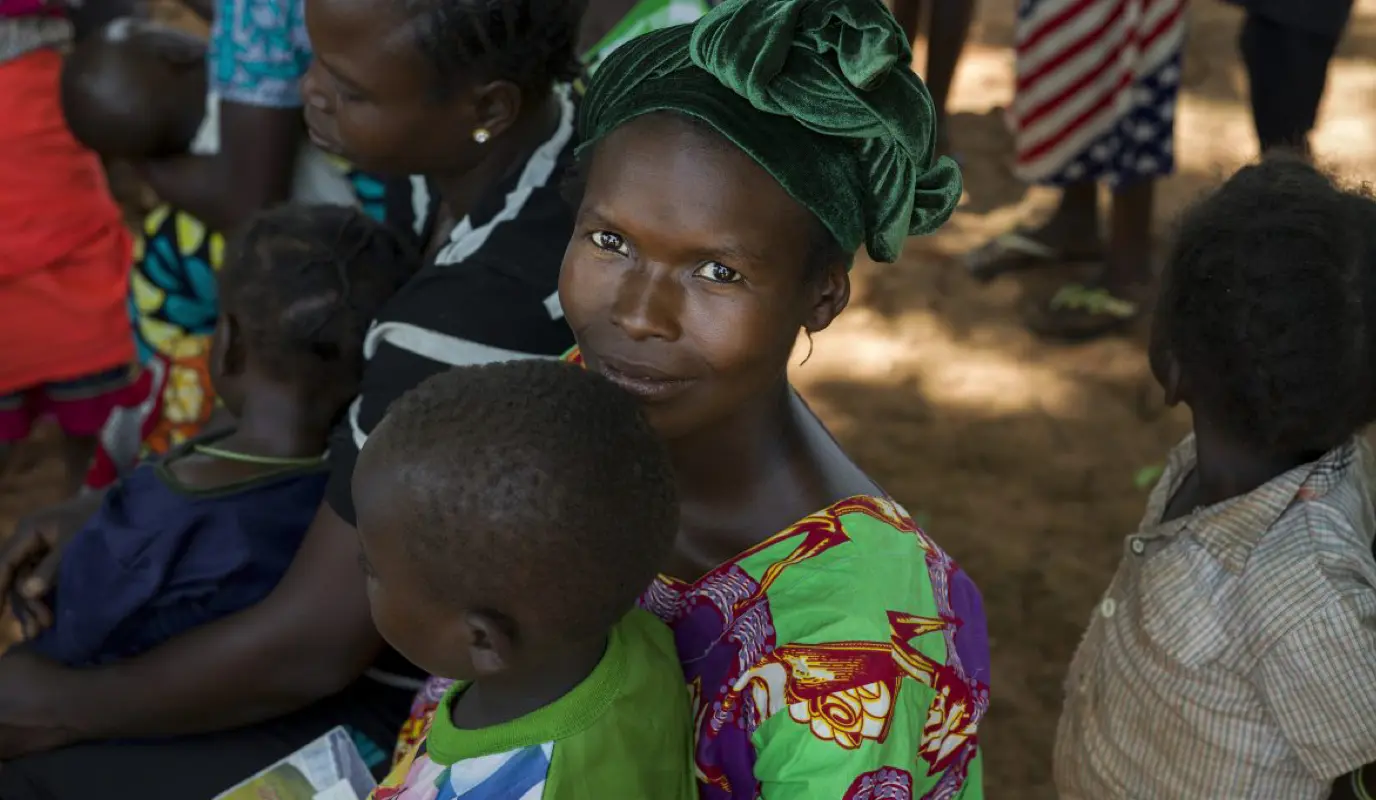
According to the WHO, a woman in Nigeria has a 1 in 22 lifetime risk of dying during pregnancy, childbirth, or postpartum/post-abortion. In most high-income countries, the lifetime risk is 1 in 4,900. The most recent numbers place the country at 917 deaths for every 100,000 live births, with many women not getting the care they need in time — either due to a delay in seeking it out or in getting referred to the right specialist.
Like Liberia, Sierra Leone suffered the brunt of the world’s largest Ebola epidemic, a crisis it’s still emerging from. The country did manage to decrease its national MMR during the epidemic, however the rate is still one of the world’s highest mortality rates: 1,120 deaths for every 100,000 live births. High rates of teen pregnancies, other diseases (most notably malaria), and under-serviced areas of the country are all factors in Sierra Leone’s struggle to provide quality maternal healthcare to its citizens. Recent actions, including training traditional birth attendants and midwives, are helping to bridge the divide and continue towards healthier results for mothers and their children.
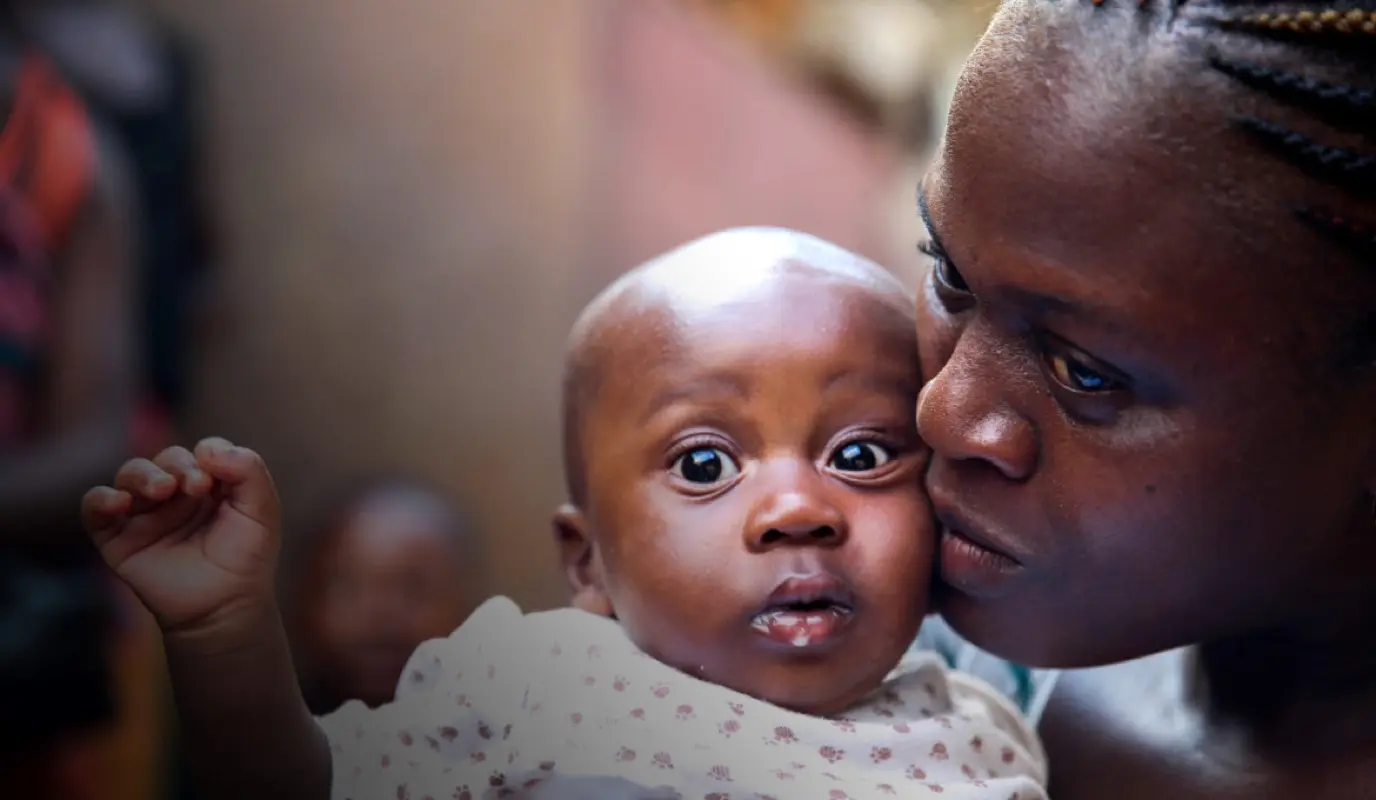
Like Mauritania, Chad’s maternal mortality rates have all but stagnated in the last decade, during which it has registered between 1,140 and 1,190 deaths for every 100,000 live births (the good news is, the most recent numbers are also the lowest in that range). In a country where mobile clinics fill in the gaps left by permanent facilities, UNICEF estimates that only 20% of women give birth with the assistance of a qualified professional; one out of every ten children dies before their first birthday.
South Sudan ekes out just above Chad for the world’s highest maternal mortality rate: 1,150 deaths for every 100,000 live births. Unlike many of the countries on this list, that number has rose steadily over the last few years. South Sudan has been in crisis ever since it gained independence in 2011, and faces high levels of food insecurity and violence, as well as some of the greatest levels of gender inequality in the world. All of these factors, combined with the lack of adequate healthcare services in the country and high amount of internal displacement, make it the worst country for an expecting mother. As Áine Fay, Concern’s country director for South Sudan, put it: This is a country where simply being a woman demands heroics.
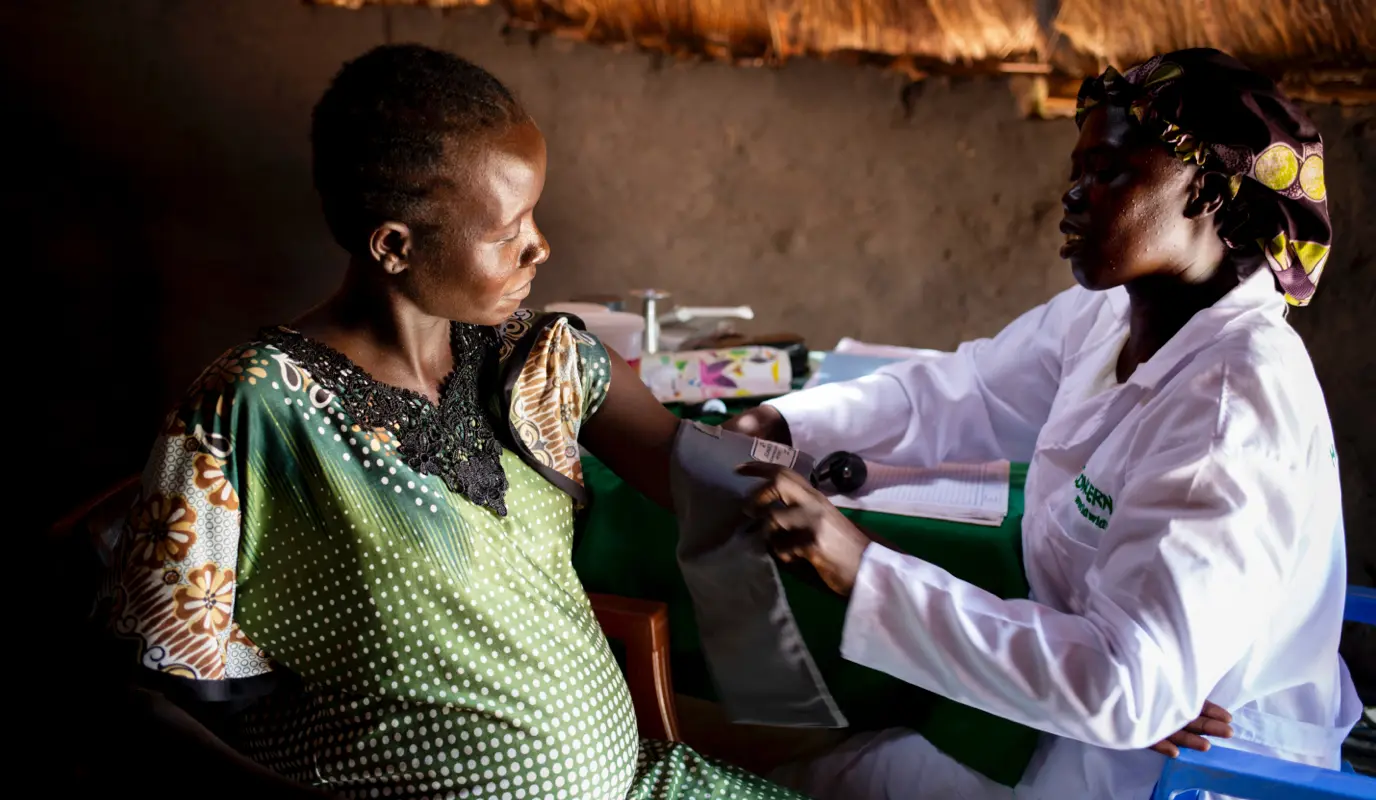
Based on decades of experience, Concern has adopted an integrated approach to maternal and child health. We believe that many factors influence the health of mothers and children, such as nutrition, hygiene and sanitation, environment, knowledge, attitudes, access to healthcare, and culture. Much of our work involves designing solutions with mothers and their partners to the challenges faced every day in the world’s poorest countries.
At community level we implement those solutions daily, while at national and international levels we take every opportunity to advocate on behalf of women and children for better health outcomes. And we see the results of that work, much of which is part of a long-term strategy to improve health outcomes for the most vulnerable.